Some people argue that Climate Change does not exist, they are called Climate Deniers and there are some interesting webs that list the most famous or important of them. Here and here for instance.
The problem is that these deniers are generally supported by big companies and industry lobbies that are directly related to great CO2 emissions. So it is in their convenience to misinform the general public.
Even if this influential and powerful group of people is trying to present studies and data to prove their beliefs, the reality is that all the new studies presented by the IPCC or the US Global Change Research Program, for instance, found that the Earth is warmer than before and that this will produce consequences in the global climate.
Global Change has released their findings in a report last month and some of their graphs just talk by themselves:
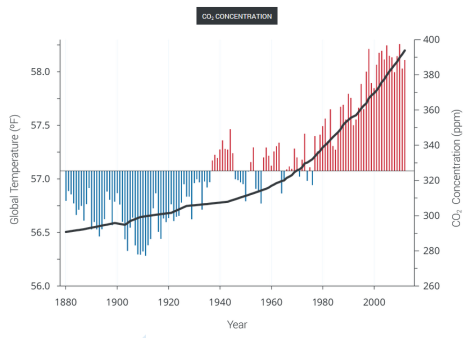
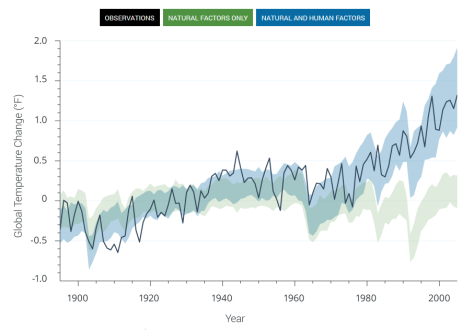
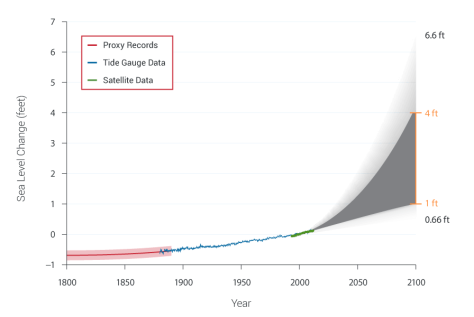
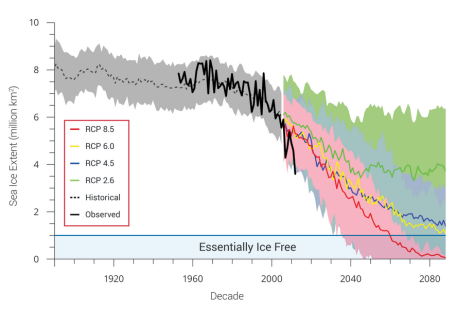
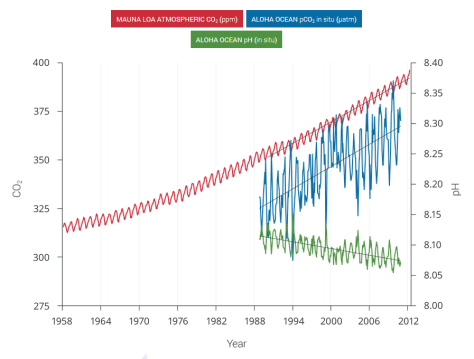
Its projected changes with a rapid emissions reduction:
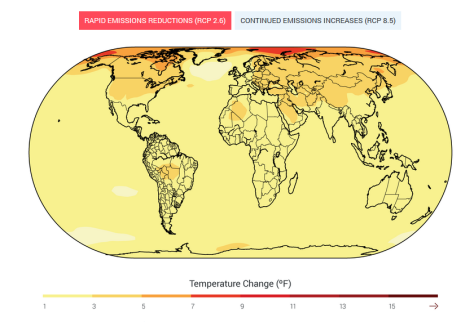
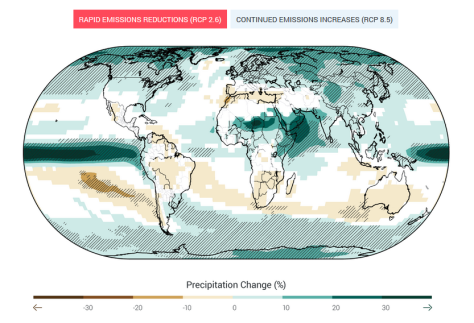
Its projected changes if the emissions increase in the actual trend:


I think that the findings are scary because I do not trust in a big change in a short-term and the consequences will transform our world, our life. We are going to live in a changing world full of challenges.
*All graphs and images from nca2014.globalchange.gov/report


